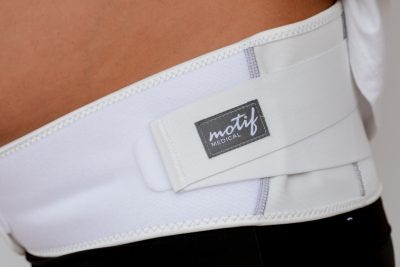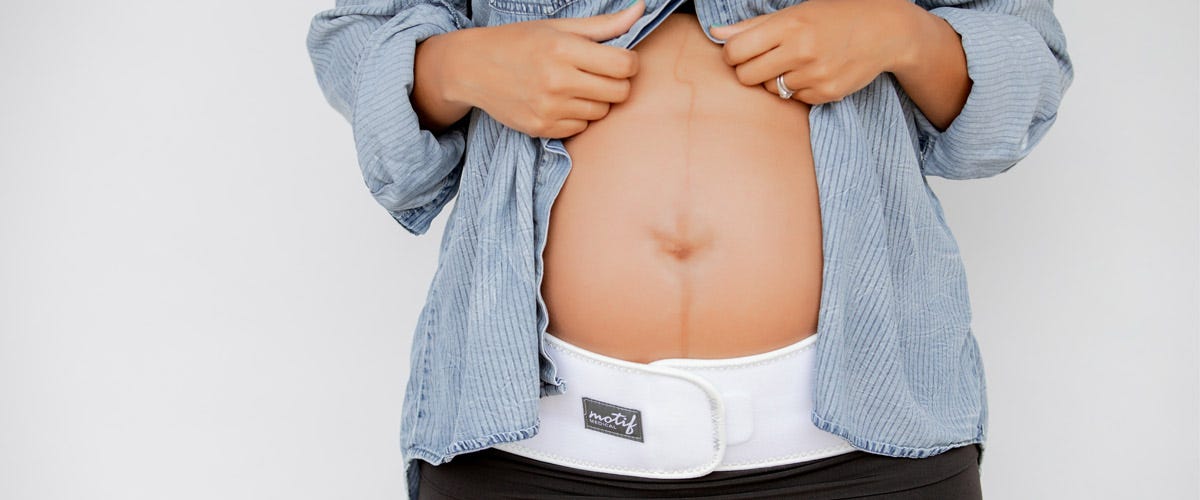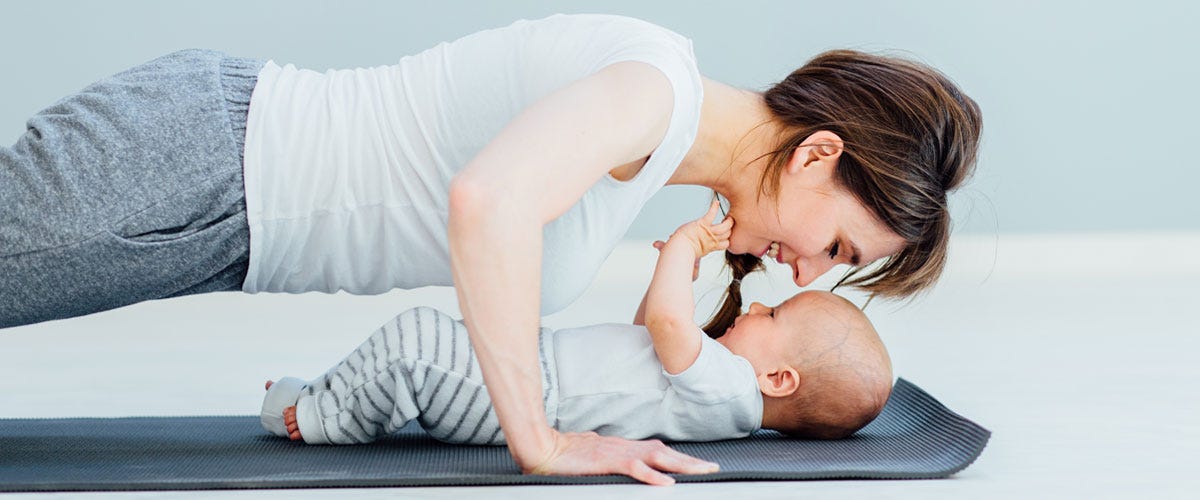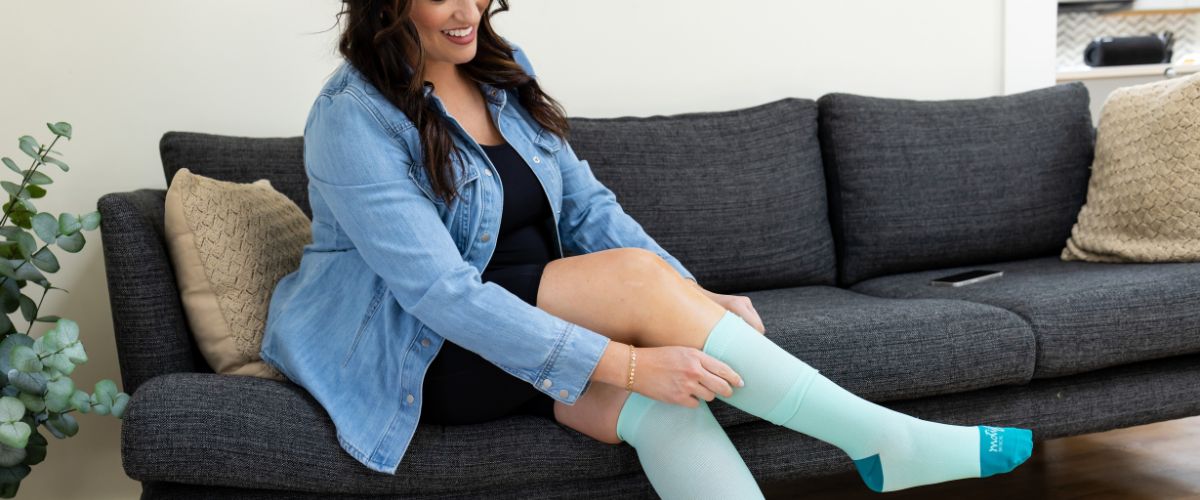The Benefits of Maternity Compression
Wearing a pregnancy band for compression support can be a great way to keep feeling your best while your body is growing a baby. There are many benefits to support bands, particularly if you are dealing with pelvic pain problems or if you have diastasis recti, but even for a normal, healthy pregnancy a compression band can be useful. Here are a few of the benefits of wearing a maternity compression band:
Reduces Pregnancy-Related Aches and Pains
As your baby grows, the weight of him or her pulls forward on your abdomen. Your core muscles are designed to hold and support your baby, but it’s really normal for them to get tired--especially in the 2nd and 3rd trimesters and especially if you are on your feet a lot.
Low back pain is reported by 71% of pregnant women¹ and maternity compression belts have been shown to reduce these aches and pains more effectively than other options².
71%
of pregnant women experience back pain.
Getting 30 minutes of exercise 5 times a week is recommended to maintain a healthy pregnancy and wearing a support band can help you achieve that goal. Discomfort while exercising, particularly walking, is common among expecting moms. A pregnancy band will support your abdominal and back muscles during exercise, so you can stay active and healthy for the duration of your pregnancy.
Better Posture → Better Position for Baby
Throughout your pregnancy and even during the postpartum, you and baby are a team, working together to accomplish a common goal. One of those goals during pregnancy is for a baby to get into a good position for birth. We want the baby to be head down, with his or her head flexed, with their back on one side of the mom's abdomen (not with their back to mom's back).
One way that you can help your baby get into and stay in an optimal position for birth is by keeping good posture throughout the day. Our daily habits influence the position baby picks—if you typically have good posture it makes it easier for baby to be in a great position for birth. If you frequently slouch or recline, your baby may be in a less optimal position for birth.
Wearing a maternity compression belt helps you keep good posture while you're at work or relaxing at home, which will help your baby settle into a good position for birth.

Improved Circulation
Wearing a pregnancy support band can also help improve circulation in the lower half of the body. As the pregnancy progresses, the weight of the baby presses down on the nerves and blood vessels that run down to the hips and legs. Maternity compression gently lifts the abdomen and can relieve the pressure of the uterus on these vessels, which improves blood flow to and from the lower body parts.
A few notes about wearing maternity compression:
- Only wear a pregnancy band for a couple hours at a time. You don't want to replace the work of your core muscles, the goal is to support them and the extra work they are doing.
- Don't wear the band too tight. Pregnancy compression should not hurt or make it difficult to breathe. Gentle support is what you're aiming for!
- It's always a good idea to check with your care provider before starting anything new, including maternity compression. If you have blood pressure issues or other circulatory problems, a pregnancy support band may not be a good option for you.
- Remember Motif Medical's Pregnancy Support Band is eligible for insurance coverage!
References:
- Kovacs F, Garcia E, Royuela A, González L, Abraira V; Spanish Back Pain Research Network. “Prevalence and factors associated with low back pain and pelvic girdle pain during pregnancy: a multicenter study conducted in the Spanish National Health Service.” Spine(Phila Pa 1976). 2012 Aug 1;37(17):1516-33.
- Gutke, A., Betten, C., Degerskar, K., Pousette, S. & Fagevik Olsen, M. “Treatments for pregnancy-related lumbopelvic pain: a systematic review of physiotherapy modalities.” Nordic Federation of Societies of Obstetrics and Gynecology, Acta Obstetricia et Gynecologica Scandinavica 94 (2015) 1156–1167.








